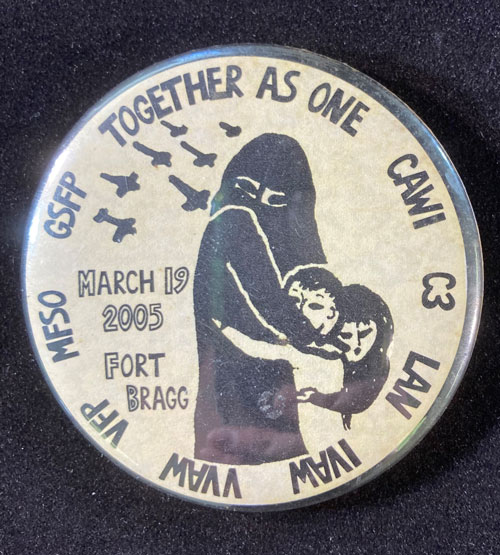“In the summer of 1943 I was a 1st lieutenant at Fort Bragg, an immense artillery post in North Carolina. Each day we had two Officers of the Day. If all was quiet, the senior OD could take off for his quarters about 10 P.M., leaving the junior OD to catch whatever sleep he could on a cot.
“During one of my tours as OD, I had disrobed down to my undershirt and shorts and hit the sack around 11 P.M. Soon that damned air-alert phone sounded off and woke me. I was astounded by the caller’s ‘Red alert!’ I said, ‘Don’t you mean “practice red alert”?’ He said, ‘Repeat, red alert!’ My weariness disappeared immediately. The war had reached us here in the continental United States, and it seemed to be in my hands.
“The spotter on the North Carolina coast confirmed that a German Focke-WuIf twin-fuselage fighter had been positively identified coming westward from the Atlantic across the Hatteras shore. Speculation erupted all around me on how a single fighter plane could make it that far over water. Had it been launched from a submarine?
“Meanwhile, I was initiating the blackout of the East Coast from Cherry Point, North Carolina, to New York City. Navy ships were putting out from ports. Interceptor planes were taking off, and from what I learned later President Roosevelt was taken from his bedroom down to his underground shelter.
“Then the air alarm rang ‘All clear!’ It was all a mistake. We were not being invaded. We spread the word, and the lights came back on in the East. The subject plane was found to be an Army Air Corps P-38 whose pilot had failed to respond to the radio challenge.
“In a flurry of ribbons and braid, all the captains and the kings my alert had summoned now departed. All was quiet again. I had participated in a bit of World War II history—in my underwear.”
—From “Blackout” in American Heritage magazine by John F. Reynolds (September 1999)

